Canada Water Agency: Government hopes to consolidate water data and management
By Sharon Oosthoek, Great Lakes Now
Canada is home to the third largest renewable supply of fresh water in the world, spread across a vast swath of lakes, rivers, aquifers and glaciers. Fresh water is critical to the country’s economy and health, and a key part of the nation’s identity – paddling a canoe through northern waterways is a rite of passage, and more than 30% of Canadians live surrounded by water in the Great Lakes region.
And yet, experts say the country is suffering a drought when it comes to accessing data on water quality and quantity – essential for managing this crucial resource.
“It may surprise Canadians to hear it’s very hard to get your hands on water data,” said Carolyn Dubois, director of the water program at the Toronto-based Gordon Foundation, where her job is to improve community-based freshwater stewardship. “It isn’t for lack of data. It’s just that it lives in places and formats that are inaccessible, like filing cabinets and private servers.”
Dubois was speaking at a webinar about leveraging data to protect the country’s fresh water, hosted in September by the Winnipeg-based think tank, the International Institute for Sustainable Development.
“We’re missing the big picture,” added Scott Higgins, a researcher with the Experimental Lakes Area, a non-profit research centre in northwestern Ontario that assesses human impacts on whole aquatic ecosystems. “Data have been collected on behalf of the public, and often paid for by the public purse, but it’s not being put together.”
The result, said Higgins and Dubois, is that basic questions about water are unanswerable on a national scale. Which is why they, along with water management experts across the country, are now pinning their hopes for open and usable freshwater data on the soon-to-be-launched Canada Water Agency.
A sense of urgency
Last December, Prime Minister Justin Trudeau called on the ministers of the departments of environment and climate change, and agriculture and agri-food to create the new agency. Its goal is to “work together with the provinces, territories, Indigenous communities, local authorities, scientists, and others to find the best ways to keep our water safe, clean and well-managed.”
In July, the Forum for Leadership on Water issued a report urging Ottawa to move quickly to establish the Canada Water Agency, recommending it begin operations as early as November. The group advocates for the sustainable management of Canada’s freshwater resources and is made up of past political leaders, former officials with federal and provincial government, and senior staff with research institutions and non-governmental organizations.
The report highlights members’ sense of urgency over establishing the agency, citing new and intensifying water issues, including climate change, flooding, droughts, algal blooms and Indigenous water rights.
“The Agency represents both a concrete short-term achievement and the beginnings of a lasting water legacy,” the report states.
The Canadian government reiterated its intent to create the Canada Water Agency in September’s Speech from the Throne, during which it outlined its priorities for the coming Parliamentary session. While it has not committed to a timeline for establishing the agency, Environment and Climate Change Canada expects to release a discussion paper this fall based on expert and public consultations about the agency’s mandate.
Streaming water data into a single pool
Creating a cohesive system for managing Canada’s fresh water is a tall order. Currently, responsibilities for freshwater management are shared among federal, provincial, territorial and municipal governments, and Indigenous peoples. At the federal level alone, more than 20 departments and agencies have some responsibility for fresh water.
Winnipeg South Member of Parliament Terry Duguid, who is also parliamentary secretary to the minister of Environment and Climate Change Canada, has been charged with bringing together a diverse group of stakeholders to weigh in on the new agency’s mandate, role and form.
All spring and summer, experts and the general public have been delivering their wish lists. They range from dealing with the impacts of climate change and protecting water from energy extraction projects, to fixing the state of drinking water in Indigenous communities and strengthening water management with the United States, home to the fourth largest renewable supply of fresh water in the world.
Nowhere do these issues come into sharper focus than in the Great Lakes region, home to 84% of North America’s surface freshwater. On the Canadian side, concerns range from severe flooding, such as the 2013 Toronto flood, to bottled water companies mining ground water in Indigenous and other communities, and warming water and fertilizer runoff causing harmful algal blooms in the Great Lakes.
Solving water woes
Melissa Dick, program manager with Aqua Forum, a Montreal-based water tech incubator for university students, said solutions to these problems require reliable, open data. Some of the start ups her group has incubated include a company that runs artificial intelligence-based algorithms to predict E. coli outbreaks and another that uses AI to help municipalities avoid excessive winter road salt applications.
“Our programs rely on access and availability of environment and water data,” she said. Too often government data are shared on restricted platforms, said Dick, making it hard for academics and entrepreneurs to access them.
Jamie Smith hopes to change that. He is acting chief data officer at Environment and Climate Change Canada and in charge of data strategy at the new agency. Smith and his team have begun compiling an inventory of Canadian freshwater data sources. They are scouring the country for data that speak to four general categories – water quality, quantity, demand and use, and water ecosystems.
“We know there are many places data are being disseminated, but they are disparate and hard to find,” he said. “We know the data are being collected by very many different people, but they might be using different methods and different standards.”
Smith said the challenge will be standardizing those data so they can reliably inform water policy. Michael Goffin, regional director general in Ontario for Environment and Climate Change Canada, agreed, pointing to microplastic pollution as an example.
“One of the priorities is just coming up with a common way of categorizing plastics so researchers can share information,” said Goffin, who is leading the establishment of the Canada Water Agency. “Currently there is no standard for size, shape, origins, chemical composition.”
As Smith puts it, “It’s likely to be a long journey, a difficult journey, otherwise somebody would have done it by now.”

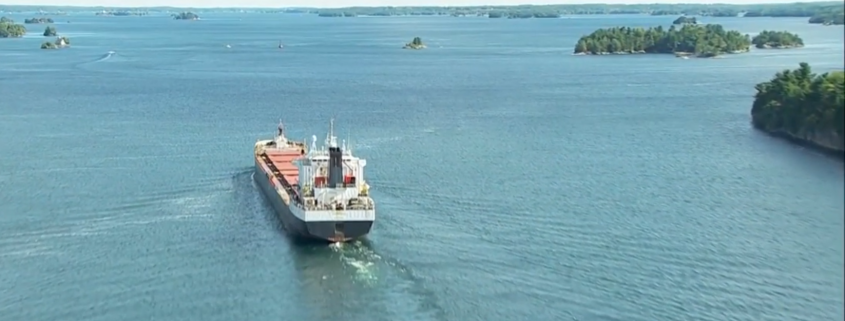
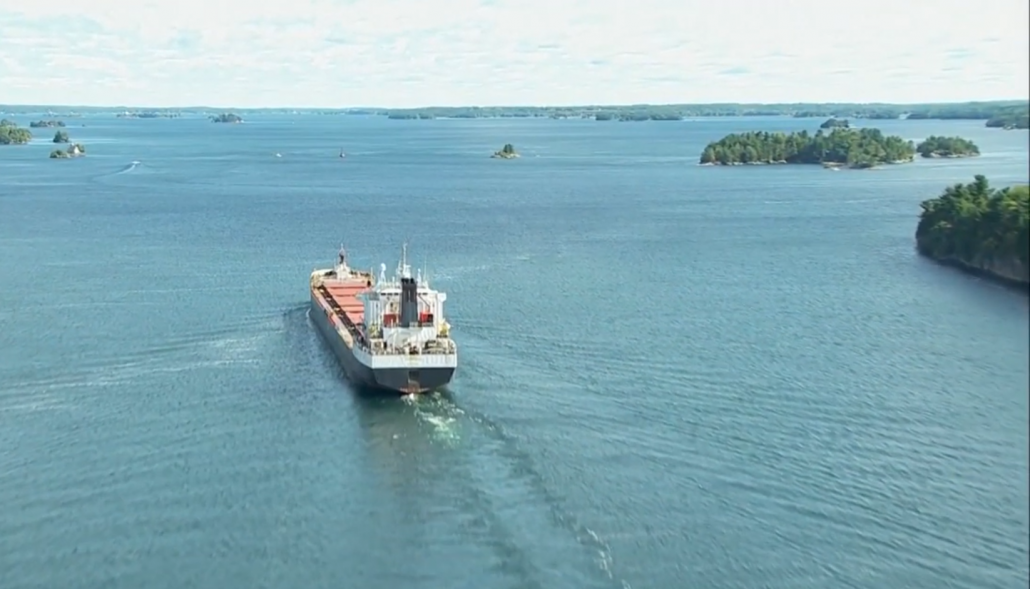
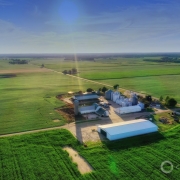
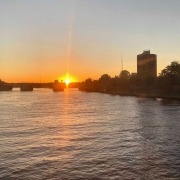
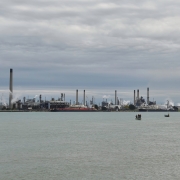
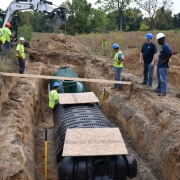
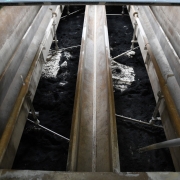





Leave a Reply
Want to join the discussion?Feel free to contribute!